Cats are enigmatic creatures, often regarded as aloof and mysterious. However, a closer look at their body language reveals a world of communication that, once understood, can foster a deeper bond between cats and their humans. Recognizing and interpreting your cat’s non-verbal cues can help you better meet their needs and enhance the companionship you share. In this article, we will explore ten common signs of cat body language and uncover what each one signifies.
1. The Tail Flick: A Mixed Signal
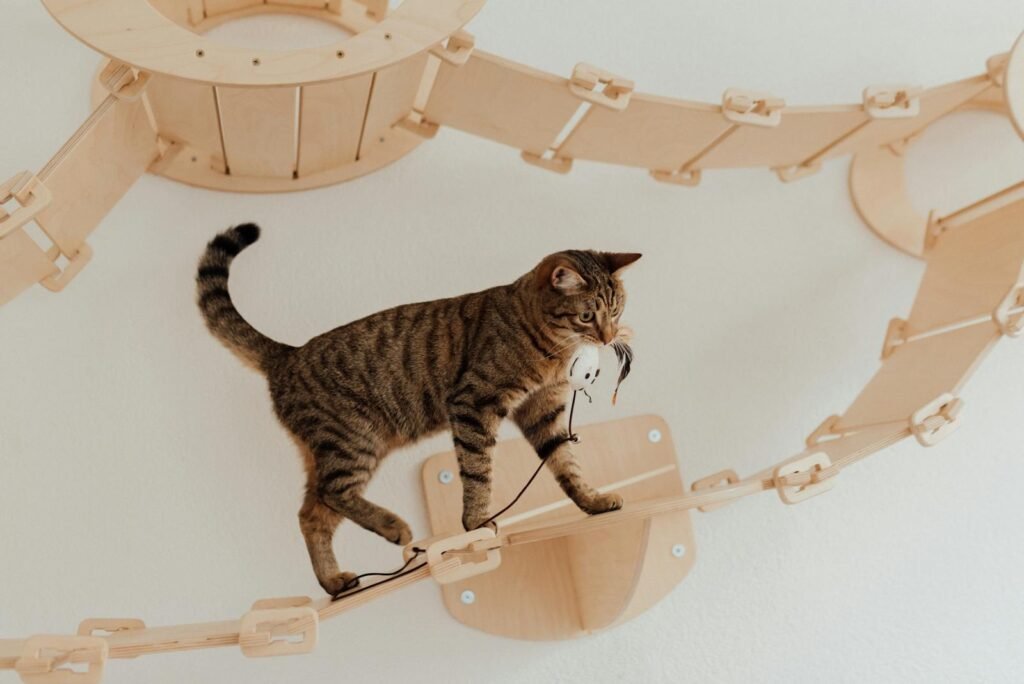
The tail is a highly expressive part of a cat’s body. If your cat’s tail is rapidly flicking back and forth, it’s usually a sign of irritation or agitation. This could mean they’re feeling threatened or are communicating displeasure. However, a slow and gentle tail flick might indicate that your cat is curious or engaged with something in their environment. Understanding the context is key to decoding this signal.
2. Ears Forward: Interested and Alert
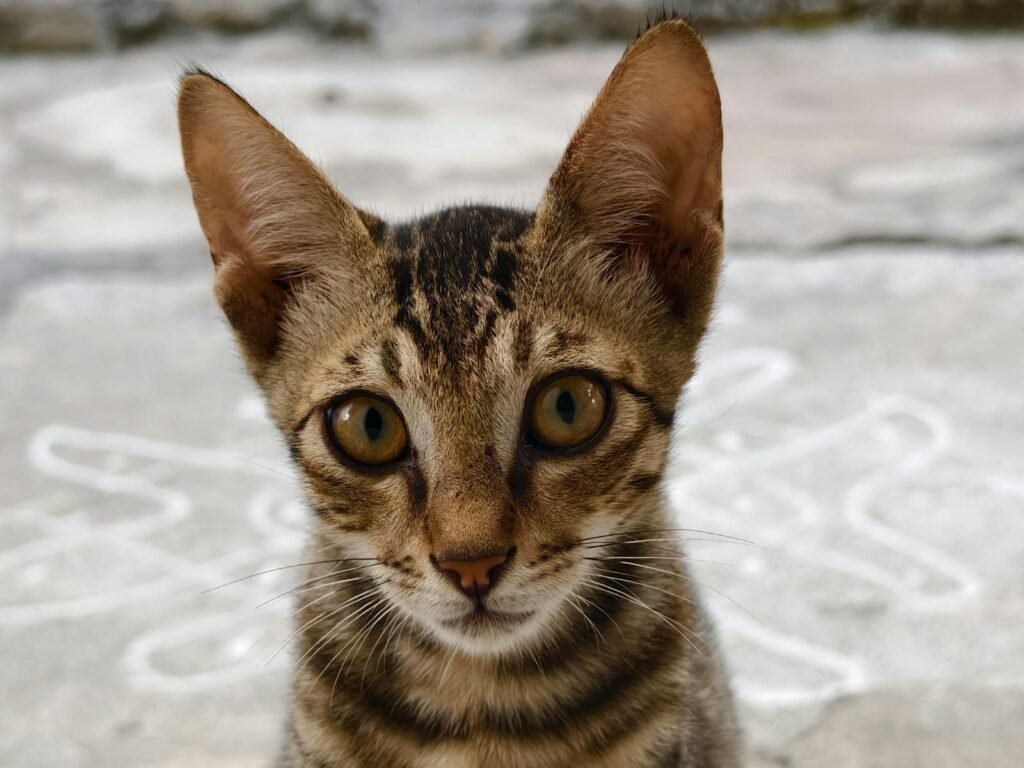
When a cat’s ears are facing forward, they are typically alert and interested in their surroundings. This position indicates that they are attentive and ready to engage with what has caught their attention. Whether it’s a potential toy or an unfamiliar noise, ears perked forward signify readiness and curiosity.
3. Ears Back: Caution or Fear

Ears pinned back are often a sign of caution, fear, or aggression. Cats do this to protect their ears in case of an altercation. If you notice your cat’s ears flattened, assess the situation for potential stressors or threats to help them feel more secure.
4. Slow Blinking: A Sign of Trust
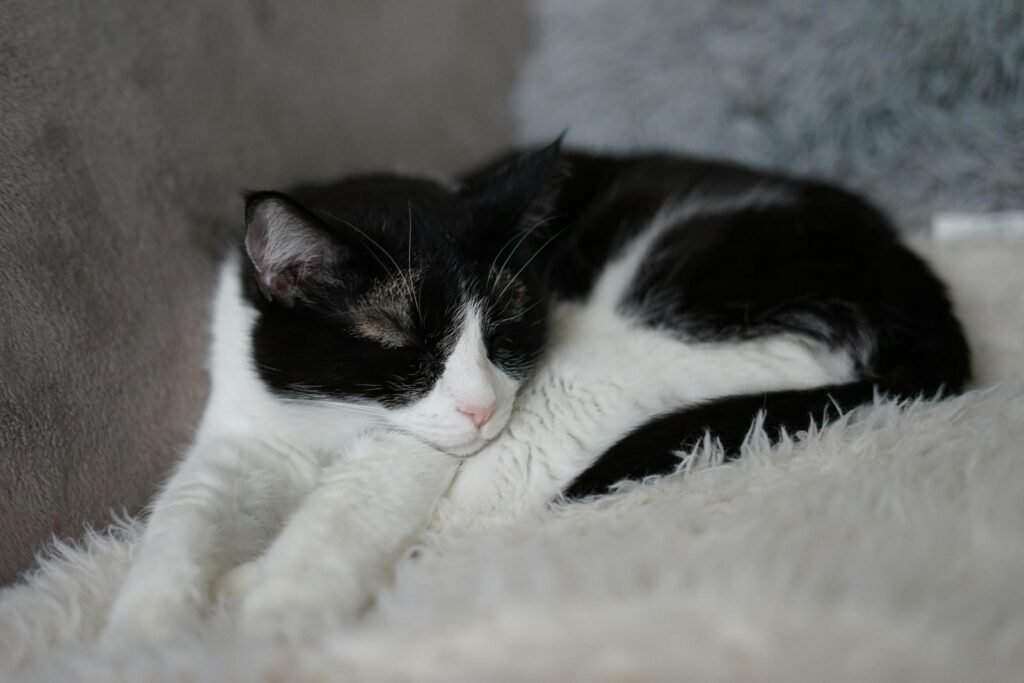
A cat’s slow blink is the epitome of feline affection. When a cat looks at you and slowly blinks, it’s a sign of trust and relaxation. Many cat owners refer to this as a “cat kiss.” To return the gesture and build rapport, try slow blinking back at your furry friend.
5. Kneading: Contentment and Comfort
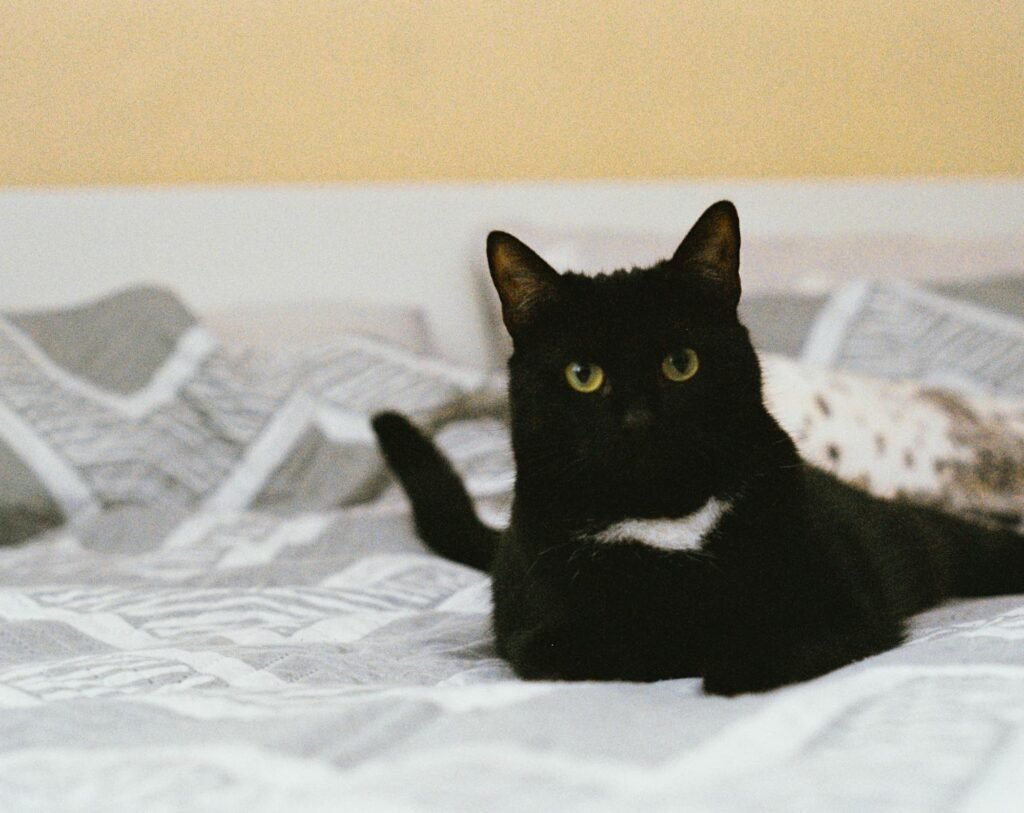
Kneading, also known as “making biscuits,” is when a cat rhythmically pushes their front paws against a soft surface. This behavior originates from kittenhood, when they kneaded their mother’s belly to stimulate milk flow. As adults, cats knead when they’re feeling particularly content, comfortable, and safe.
6. The Arched Back: Defensive or Playful?
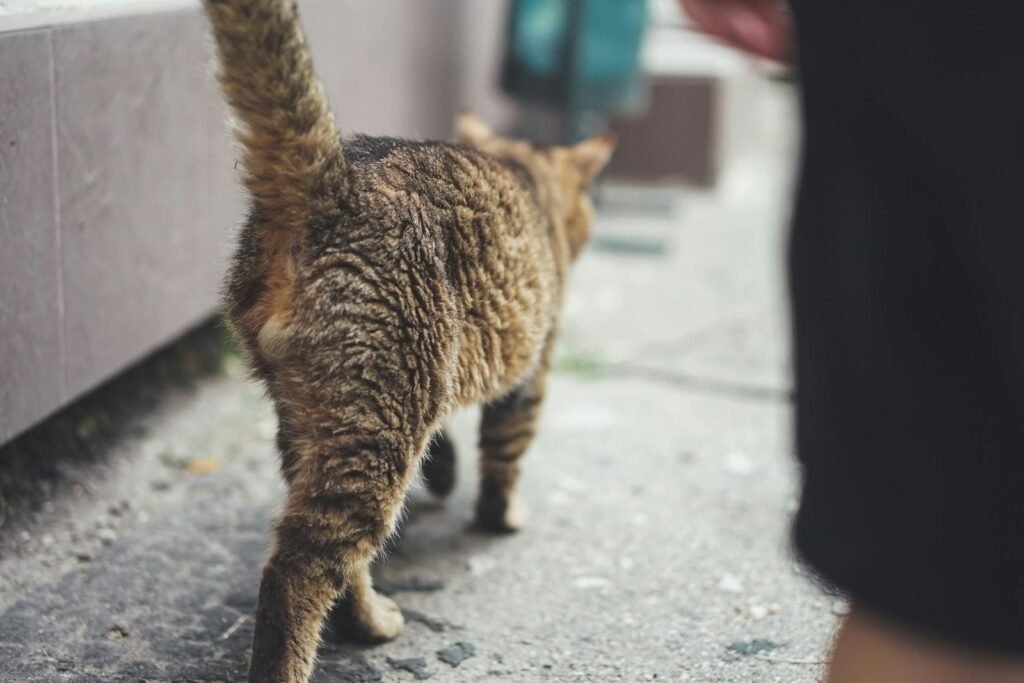
A cat arching its back can either be defensive or playful, depending on the context. If the cat’s fur is standing on end and teeth are bared, they’re likely feeling threatened and trying to appear larger. Conversely, a slightly arched back accompanied by purring or playful movements suggests they want to engage in a playful manner.
7. Rubbing Against You: Marking Territory
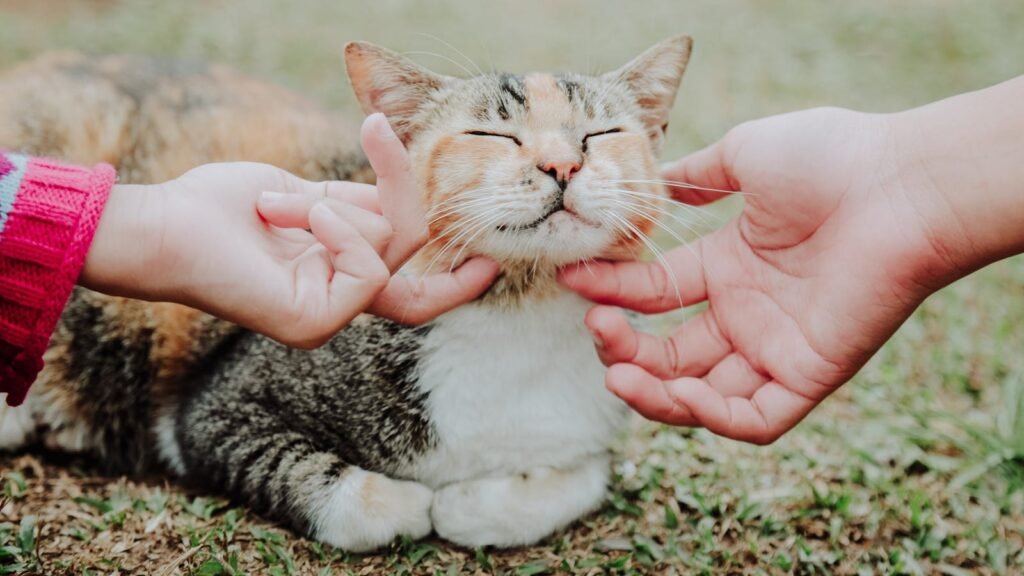
When a cat rubs against you, they are marking their territory. Cats have scent glands on their cheeks and forehead, and rubbing transfers their scent onto you, claiming you as part of their domain. It’s a compliment that shows they consider you part of their social group.
8. Purring: More Than Just Happiness

While purring often indicates contentment, it can also be a sign of nervousness, pain, or self-healing. Cats purr at a frequency that can promote healing, and they might purr if they’re injured or unwell. Pay attention to the context and other signals to better understand your cat’s purring.
9. Belly Up: A Sign of Trust and Vulnerability
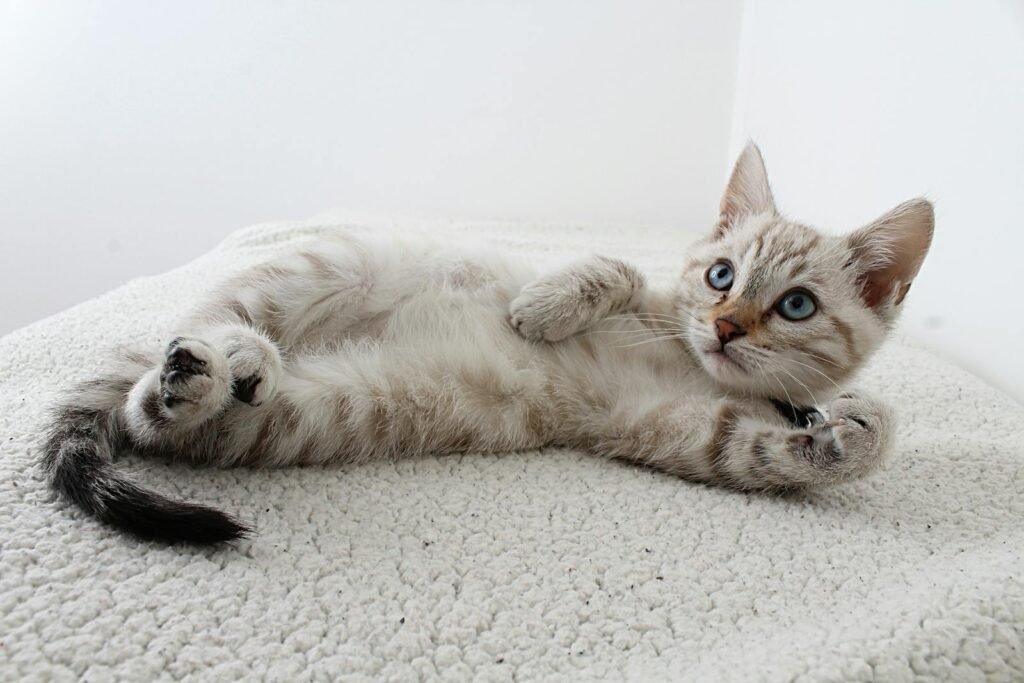
When a cat rolls onto their back and exposes their belly, it’s one of the highest signs of trust. Given the vulnerability of this position, they’re showing that they feel safe and secure around you. However, don’t mistake this for an invitation to rub their belly, as many cats dislike direct belly contact.
10. Tail Puff: A Startled Reaction
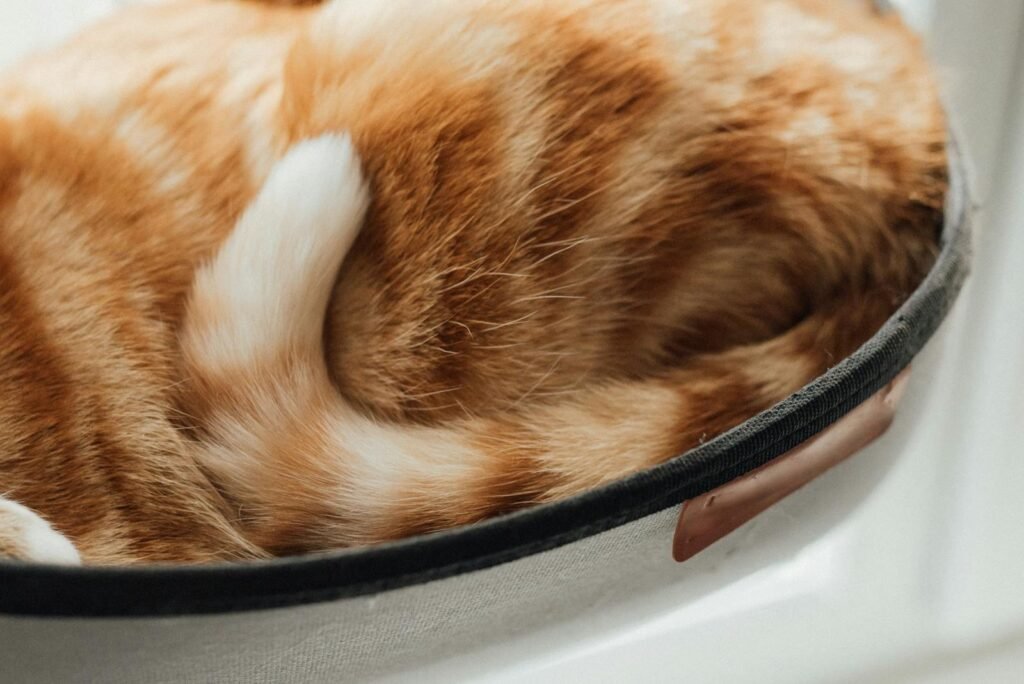
A tail that puffs up like a bottle brush indicates that a cat is startled, surprised, or frightened. This instinctive reaction is designed to make them appear larger and more formidable against perceived threats. Offering reassurance and creating a calm environment can help soothe their nerves.
In closing, understanding cat body language is a rewarding aspect of feline ownership that enriches the relationship with your pet. By becoming more attuned to these subtle signs, you can better address your cat’s needs and extend your affectionate bond. Remember, each cat is unique and may have their individualized ways of communicating, so continuous observation and patience are essential in learning their language.

Suhail Ahmed is a passionate digital professional and nature enthusiast with over 8 years of experience in content strategy, SEO, web development, and digital operations. Alongside his freelance journey, Suhail actively contributes to nature and wildlife platforms like Feline Fam, where he channels his curiosity for the Feline into engaging, educational storytelling.
With a strong background in managing digital ecosystems — from ecommerce stores and WordPress websites to social media and automation — Suhail merges technical precision with creative insight. His content reflects a rare balance: SEO-friendly yet deeply human, data-informed yet emotionally resonant.
Driven by a love for discovery and storytelling, Suhail believes in using digital platforms to amplify causes that matter — especially those protecting Earth’s biodiversity and inspiring sustainable living. Whether he’s managing online projects or crafting wildlife content, his goal remains the same: to inform, inspire, and leave a positive digital footprint.






